DiGeorge Syndrome What is 22q112 deletion syndrome in children? DiGeorge syndrome (DGS) is a congenital disorder with a broad phenotypic presentation, which results predominantly from the microdeletion of chromosome 22 at a location known as 22q112 This mutation results in the failure of appropriate development of the pharyngeal pouches, which are responsible for the embryologic development of the middle Causes of DiGeorge syndrome DiGeorge syndrome is caused by a problem called 22q11 deletion This is where a small piece of genetic material is missing from a person's DNA In about 9 in 10 (90%) cases, the bit of DNA was missing from the egg or sperm that led to the pregnancy This can happen by chance when sperm and eggs are made
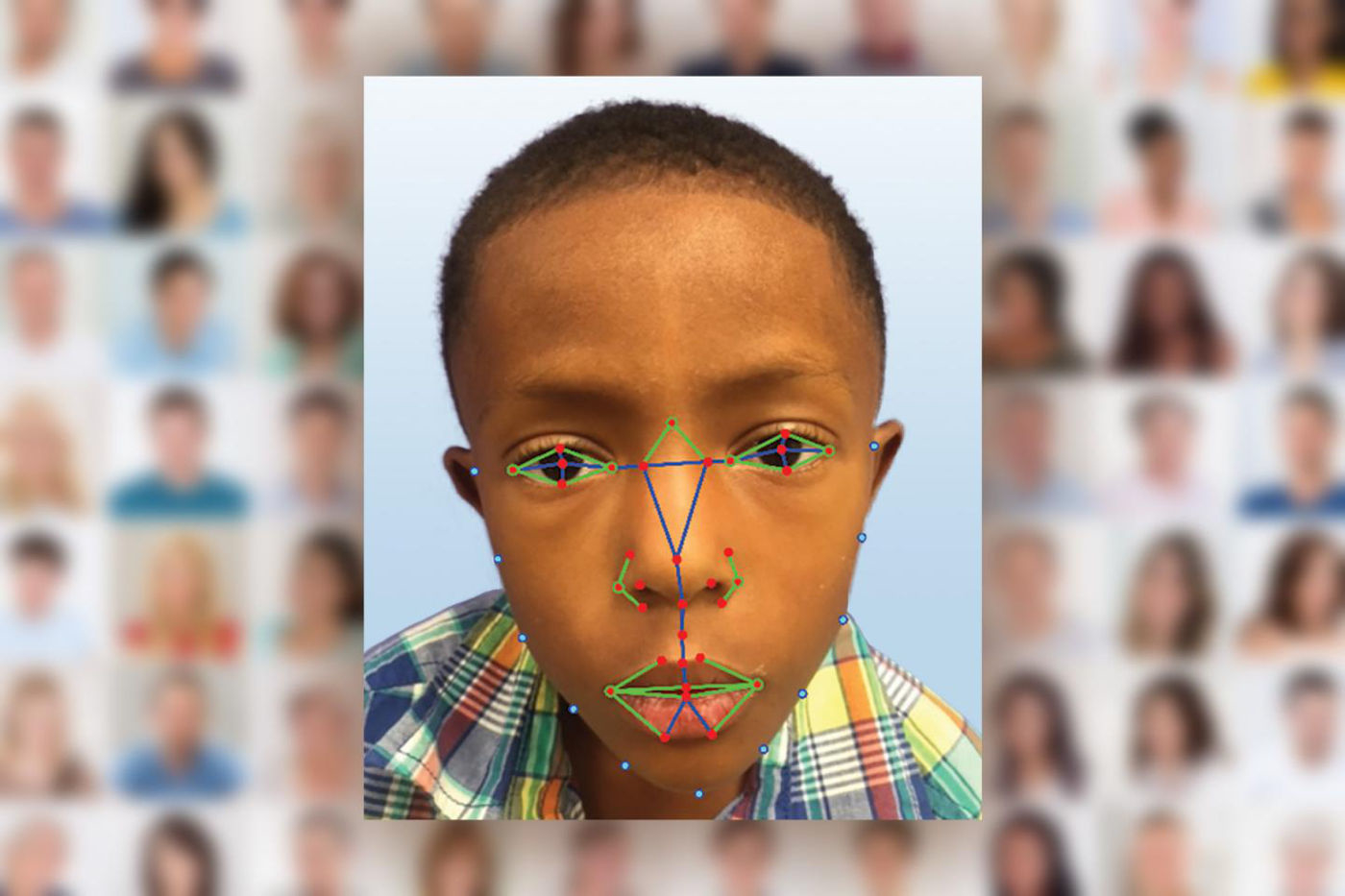
La Reconnaissance Faciale Parvient A Detecter Une Maladie Genetique Rare
Syndrome di georges bébé
Syndrome di georges bébé-Neonatal and infantile erythroderma revisited Bhavya Swarnkar 1, Rashmi Sarkar 2 1 Department of Dermatology, AIIMS, New Delhi, India 2 Department of Dermatology, Maulana AzadBardet–Biedl syndrome (BBS) is a ciliopathic human genetic disorder that produces many effects and affects many body systems It is characterized by rod/cone dystrophy, polydactyly, central obesity, hypogonadism, and kidney dysfunction in some cases Historically, slower mental processing has also been considered a principal symptom but is now not regarded as such




Le Syndrome Digeorge Detecte Par La Reconnaissance Faciale
La dénomination syndrome de DiGeorge désigne les formes les plus sévères de la délétion 22q11, visibles dès la naissance Cette forme associe des malformations cardiaques, un déficit immunitaire marqué et une hypocalcémie La dénomination syndrome vélocardiofacial (ou syndrome VCF, ou encore syndrome de Shprintzen), correspond àSyndrome vélocardiofacial / Syndrome de Shprintzen Cette fiche rassemble des infomations susceptibles d'aide les professionnels du handicap dans leur tavail d'évaluation et d'accompagnement des pe sonnes atteintes de maladies aes Elle ne se substitue pas à une évaluation individuelle Le syndrome de délétion 22q112 en brefDiGeorge syndrome is a rare primary immunodeficiency disorder with a wide range of presenting signs and symptoms It is due to chromosomal defects that arise early in gestation DiGeorge syndrome is also called velocardiofacial syndrome, shprintzer syndrome, CATCH22 and 22q112 deletion syndrome
DiGeorge syndrome is a chromosomal disorder that typically affects the 22nd chromosome Several body systems develop poorly, and there may be medical problems, ranging from a heart defect to Multisystem inflammatory syndrome (MIS) is a new systemic inflammatory acute onset disease that mainly affects children (MISC) and, at a lesser frequency, adults (MISA);Chceme je pouze pravdivě a otevřeně informovat o možných projevech daného syndromu, přičemž mnohé z nich se u jejich dítěte zřejmě vůbec nevyskytnou Di George syndrom vznikne ztrátou "kousku" genetického materiálu na chromozomu 22, svazku 11, na dlouhém raménku q Tato oblast obsahuje přibližně 45 různých genů
Syndrome de DiGeorge microdélétion 22q11 ६३३ जनाले मन पराउनुभयो २ जनाले यसको बारेमा कुरागर्दै छन् J'ai créé cette page dans le but de faire part deDiGeorge Syndrome Definition DiGeorge syndrome (also called 22q11 deletion syndrome, congenital thymic hypoplasia, or third and fourth pharyngeal pouch syndrome) is a birth defect that is caused by an abnormality in chromosome 22 and affects the baby's immune system The disorder is marked by absence or underdevelopment of the thymus and parathyroidIndividuals with 22q112 deletion syndrome (22q112DS) can present with a wide range of features that are highly variable, even within families The major clinical manifestations of 22q112DS include congenital heart disease, particularly conotruncal malformations (ventricular septal defect, tetralogy of Fallot, interrupted aortic arch, and truncus
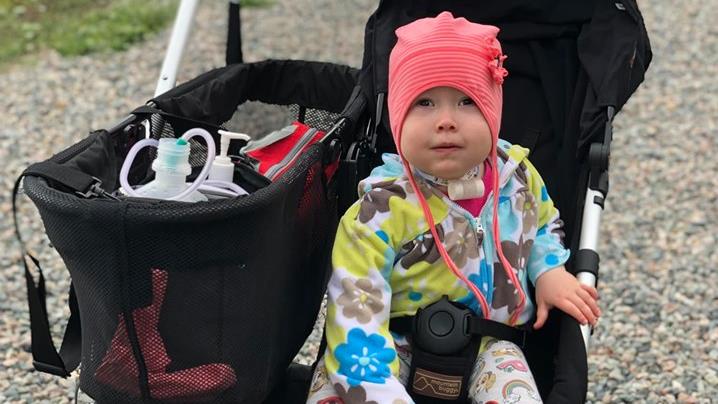



Une Fillette Atteinte Du Syndrome Digeorge Revient A La Maison



Recsys Frontend Movies Dat At Master Sidooms Recsys Frontend Github
SHNIC Specialized Health Needs Interagency Collaboration DiGeorge syndrome (DGS) is a particular group of clinical features that frequently occur together as a result of a chromosomal 22 defect The syndrome is normally noticeable right at birth Researchers observed a combination of the22q11DS har flera olika namn;DiGeorge syndrome, also known as 22q112 deletion syndrome, is a syndrome caused by a microdeletion on the long arm of chromosome 22 While the symptoms can vary, they often include congenital heart problems , specific facial features, frequent infections, developmental delay , learning problems and cleft palate 7




Www Legossip Net Johnny Depp Vanessa Paradis Usurpation Identite Leur Serenite Brisee Var 05 09t10 09 44z Www Legossip Net Wp Content Uploads 05 Johnny Depp Vanessa Paradis Usurpation Didentite Leur Serenite




Syndrome De Deletion Du Chromosome 22q11 Genetique
Nearly 25–30% of patients with Di George syndrome fulfill DSMIV criteria for schizophrenia These subgroup of patients seems to have some special characteristics such as a) late age of onset, b) IQ scores between 50–100 (with the vast majority between 70–80), c) poor social interaction, d) history of delayed speech and language development, e) high rates of Eyes that are wideset Groove in upper lip that is narrow Since numerous disorders can cause the symptoms and signs of DiGeorge syndrome, it is crucial to obtain a prompt and correct diagnosis if your baby or child is showing any symptoms and signs of this disorderJ'ai essayé de vous parler du syndrome du bébé secouer en espérant avoir été assez clairje ne suis pas très à l'aise en vidéoMon tiktok https//tiktok



1




Le Combat D Une Maman Jurassienne Face Au Syndrome De Di George
Factsheet DiGeorge Syndrome What is it? Di George's syndrome 16 17 18 19 21 22 Billable/Specific Code D1 is a billable/specific ICD10CM code that can be used to indicate a diagnosisSvenska synonymer 22q11deletionssyndrom — Velokardiofacialt syndrom — CATCH 22 Engelska synonymer Syndrome, DiGeorge — DiGeorge Sequence — Familial Third and Fourth Pharyngeal Pouch Syndrome — Autosomal Dominant Opitz Gb Syndrome — Autosomal Dominant Opitz G b Syndrome — Pharyngeal Pouch Syndrome — Third and Fourth Pharyngeal Pouch




A B Typical Face In A Child Affected With Di George Syndrome Catch22 Download Scientific Diagram




Bringing Up Bebe Author Pamela Druckerman Talks At The American Library In Paris
Complete DiGeorge syndrome is characterized by the absence of the thymus in an infant There are several causes of this condition In some infants, complete DiGeorge syndrome occurs as part of a larger syndrome such as chromosome 22q112 deletion syndrome or CHARGE syndromeDiGeorge syndrome is a condition present from birth that can cause a range of lifelong problems, including heart defects and learning difficulties The severity of the condition varies Some children can be severely ill and very occasionally may die from it, but many others may grow up without realising they have itIn other words, this was the same syndrome, but because several different researchers in different areas of expertise had described it, the syndrome carried multiple names Many physicians and researchers today use the term 22q11 deletion syndrome because it describes the underlying chromosome problem, or velocardiofacial syndrome (VCFS) because it describes the main




Syndrome De Di George Pecaq




Amelie Maman De Gladys Atteinte Du Syndrome De Digeorge
Le syndrome de Di George associe une malformation du visage, une anomalie cardiaque, un retard d'apprentissage et des perturbations du système immunitaire et sanguinIl est aussi appelé syndrome « vélocardiofacial » Le syndrome est lié à un dysfonctionnement génétique où le risque de transmission est de 50 % (soit 1 enfant sur 2)DiGeorge Syndrome (DGS) is a combination of signs and symptoms caused by defects in the development of structures derived from the pharyngeal arches during embryogenesis Features of DGS were first described in 18 but properly reported by Dr Angelo DiGeorge in 1965, as a clinical trial that incluBland annat DiGeorge syndrom och Velocardiofacialt syndrom I Sverige har benämningen CATH22 tidigare använts Denna akronym beskriver några kliniska Gunilla Klingberg docent, övertandläkare, MunHCenter, Göteborg Epost gunillaklingberg @vgregionse Sólveig Óskarsdóttir med dr, överläkare,




Reviews Critiques Revues Litteraires Albertrusso Eu Bilingual Author Ecrivain Bilingue English Francais Jimdo Home




Ngifrm0jyng Lm
A ce jour je viens d'avoir une nouvelle patiente avec le syndrome diGeorge, classifié par mis les maladies orphelines Elle a été opérée deux fois du cœur et je prépare sa thérapie pour qu'elle puisse maîtriser mieux sa vie, c'est un amour d'enfant Génération 22 une association au service des patients et de leur familleSignificant differences in radiographic cervical spine measurements were found between 22q112 deletion syndrome patients and controls Cervical spine abnormalities are common phenotypic features of 22q112 deletion syndrome, but the clinical consequences are poorly understood Further investigation DiGeorge syndrome merupakan kelainan genetik yang paling sering menyebabkan penyakit jantung kongenital setelah Down syndrome DiGeorge syndrome disebabkan karena adanya mikrodelesi dari lengan kromosom 22q112 Gen kunci yang hilang adalah Tbx1, gen pengendali utama dari gen gen lain yang berhubungan dengan jantung dan pembuluh darah



Aimgroupinternational Com




Telecharger Le Rapport Kce
Syndrome de Di George ou de délétion 22q11 une errance de diagnostic Dans la littérature scientifique, il est estimé que le syndrome toucherait entre une naissance sur 00 et une naissance sur 4000 (aussi bien chez les filles que chez les garçons) C'est un syndrome qui se transmet avec un risque de 50% d'un parent luimême atteint, à l'enfant, mais il y aurait entre 80The 22q112 deletion syndrome (22q112DS) is a genetic disorder In children with this syndrome, a tiny piece of chromosome 22 is missing This can cause many health problems These problems may range from heart defects and developmental delays to seizuresDiGeorge syndrome is a genetic disorder that can affect many parts of the body These problems, usually present at a baby's birth or in early childhood, include heart defects, an impaired immune system and developmental delays Most people with DiGeorge syndrome are missing a small piece of chromosome 22 known as 22q112



Orpha Net




Atteinte Du Syndrome De Di George Coralie Recherche Des Professeurs De Musique Et De Dessin Ladepeche Fr
Vanliga symtom är ätsvårigheter, sen utveckling, påverkat tal och täta luftvägsinfektioner Även tänderna, hörseln, synen och tillväxten kan påverkas De flesta med syndromet har svårigheter med inlärning, koncentration och uppmärksamhet men av varierande svårighetsgrad En del har autismDiGeorge syndrome is characterized by neonatal hypocalcemia, which may present as tetany or seizures, due to hypoplasia of the parathyroid glands, and susceptibility to infection due to a deficit of T cells The immune deficit is caused by hypoplasia or aplasia of the thymus glandView the profiles of people named Georges Bébé D'or Ote Join Facebook to connect with Georges Bébé D'or Ote and others you may know Facebook gives



Syndrome Du Di Georges Tout Aide




Digeorge Syndrome Wikipedia
DiGeorge Syndrome (DGS), also referred to as VeloCardioFacial Syndrome (VCFS), is an immunodeficiency disorder characterized by various congenital abnormalities Proper functioning of the immune system relies on the thymus gland In DGS, the thymus and parathyroid glands are either not fully developed or completely absent tout d'abord je suis désolée que votre bébé ait le syndrome de Di georges Je vous souhaite bon courage dans cette épreuve Chez nous nous avons donné naissance à un enfant, contre l'avis des docteurs, car il avait de très fortes malformatios cardiaques et devait être inopérable et non viableIt typically occurs 3–6 weeks after acute SARSCoV infection It has been postulated and shown in adults that MIS may occur after SARSCoV2 vaccination (MISV) Our current case is one of the




Di George Syndrome 22q11 2 Deletion Michael S Story 帖子 Facebook




Articles Scientifiques Et Presse By Tomatis Issuu
Hội chứng DiGeorge, còn được gọi là hội chứng mất đoạn 22q112, là một hội chứng gây ra bởi việc mất đoạn một đoạn nhỏ của nhiễm sắc thể 22 Mặc dù các triệu chứng có thể khác nhau, chúng thường bao gồm các vấn đề về tim bẩm sinh, các đặc điểm trênBonsoir je m'appelle manou j'ai 28 ans et je suis une jeune maman d'une petite qui s'appelle AnnaLuna qui a le syndrome de di Georges dit délétion q2211 j'ai appris sa maladie a 5 mois de grossesse sa était un cou durée met avec mon ami on a décide de se battre on ne vouait pas la perdre c'etait maladie a était difficile a la comprendre mémé encore aujourd'hui on n'a du mal The phenotype of DiGeorge syndrome may be divided into 2 components The first, pharyngeal component consists of congenital heart disease, hypoplasia of the parathyroid glands, thymic hypoplasia with Tcell immunodeficiency, cleft



1




Pour Une Princesse Que J Aime Fort Blog De Kunsourire
DiGeorge Syndrome (DGS) is a combination of signs and symptoms caused by defects in the development of structures derived from




Syndrome De Deletion Du Chromosome 22q11 Genetique




Claire Cousson 1 I Presentation Du Cas I La Patiente Ii Historique De La Grossesse Iii Pathologies Associees Ii La Map I Definition Physiopathologie Ppt Telecharger




Digeorge Syndrome Awareness Fight American Flag 4th Of July Happy Independence Day Digeorge Syndrome Awareness Body Bebe Teepublic Fr




Amazon Fr Syndrome De Di George Dormeau I Livres
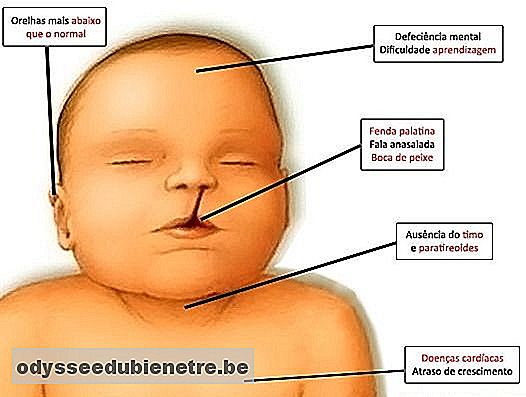



Comment Identifier Et Traiter Les Maladies Genetiques Syndrome Digeorge Odysseedubienetre Be
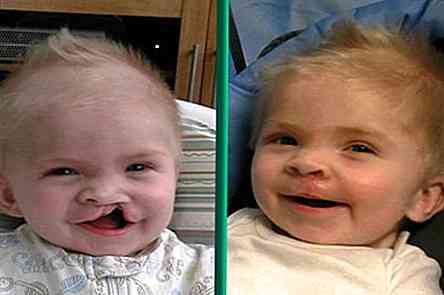



Symptomes Du Syndrome De Di George Causes Traitement Thpanorama Deviens Mieux Maintenant




Di George Syndrome 22q11 2 Deletion Michael S Story 帖子 Facebook



Nature Com




Epingle Sur Syndrome Du Nid Vide




Calameo Catalogue Karaokes 44 000 Titres



Le Syndrome De Di George Association D Aide Aux Enfants Atteints Par Le Syndrome De Digeorge Et Particulierement Aux Soins Medicaux De Coralie 13 Ans Au Canada
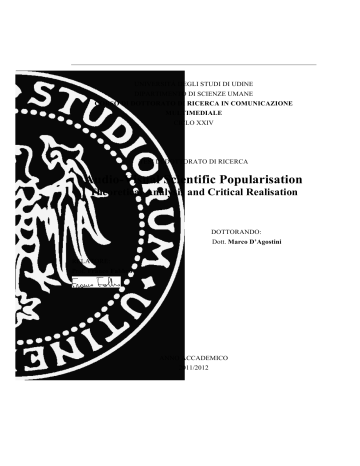



Audio Visual Scientific Popularisation Manualzz
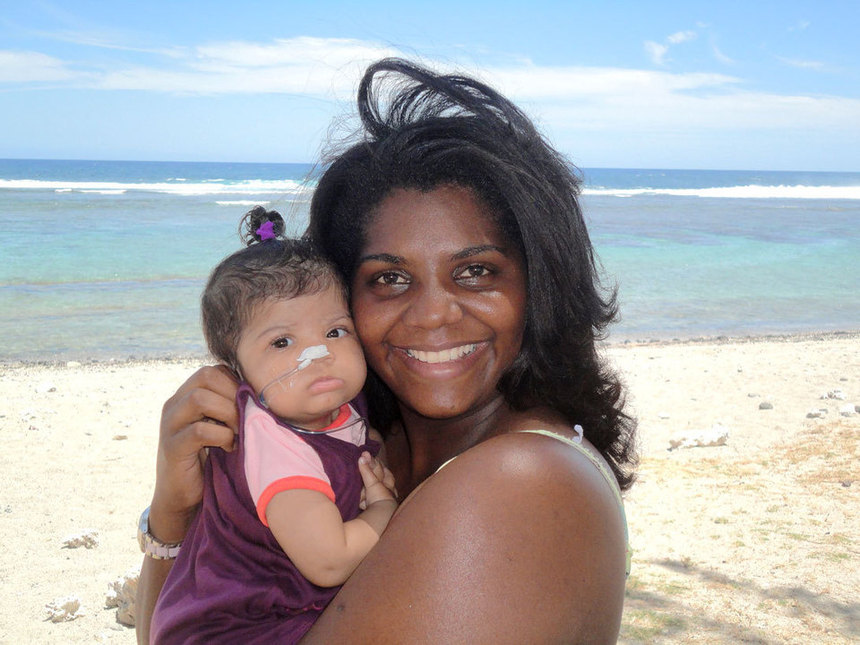



Axelle 10 Mois Souffre D Une Maladie Genetique Ses Parents Veulent Venir En Aide A D
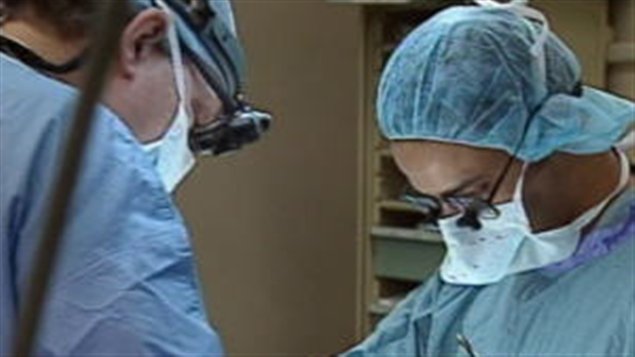;Composite=(type=URL,url=https://images.radio-canada.ca/v1/assets/elements/16x9/outdated-content-2012.png),gravity=SouthEast,placement=Over,location=(0,0),scale=1)



Une Maladie Genetique Menace La Vie D Un Bebe A Regina Radio Canada Ca
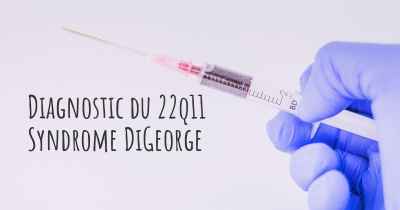



Quelle Est L Esperance De Vie Avec Le 22q11 Syndrome Digeorge Est Ce Que Vous Connaissez Les Derniers Progres Du 22q11 Syndrome Digeorge
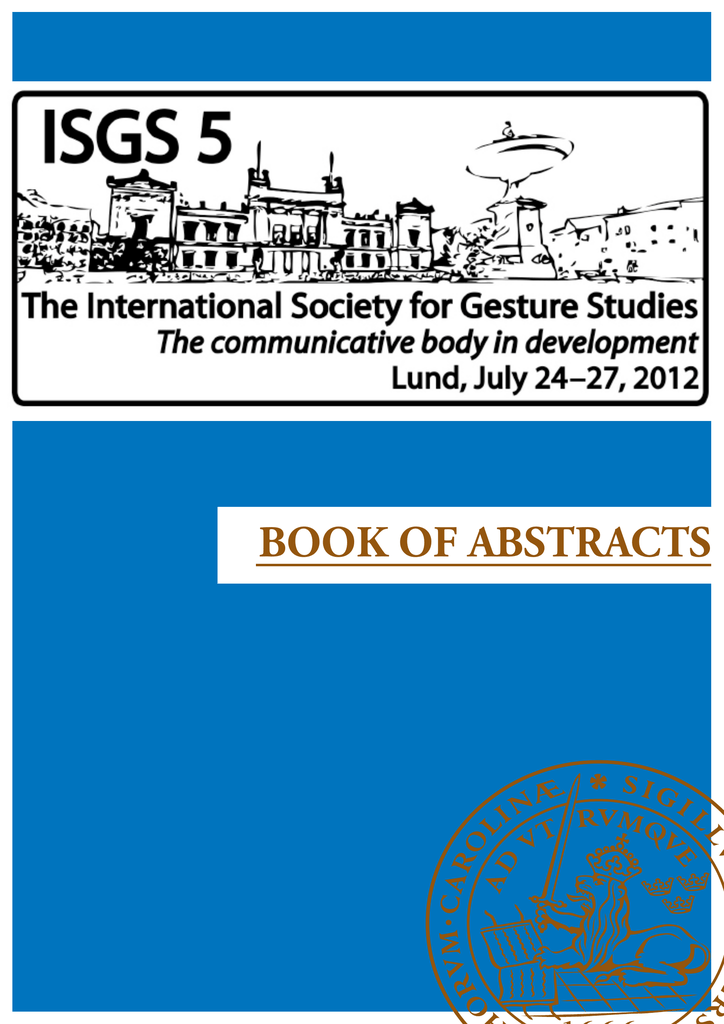



Sign Language For Human Manualzz




16 Avantages Kaufmann Rett Syndrome Bookh Neuf Boutique En Ligne Officielle Tpi Com Tr
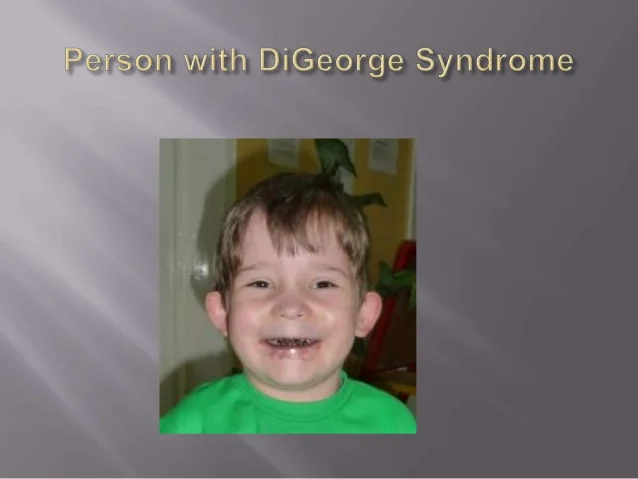



Di George Syndrome



Tesisenred Net




Le Syndrome Digeorge Detecte Par La Reconnaissance Faciale




Syndrome De Di George




Digeorge Syndrome مهم Dr Aljoaki Paediatric Oncall Facebook



1




Shan L Tchizambengue Official Video Uccadia




Bringing Up Bebe One American Mother Discovers The Wisdom Of French Parenting Now With Bebe Day By Day 100 Keys To French Parenting Druckerman Pamela Amazon Com Books




La Reconnaissance Faciale Parvient A Detecter Une Maladie Genetique Rare




Ambares Et Lagrave 33 Generosite Pour Un Bebe




Caroline Demily S Research Works French National Centre For Scientific Research Paris Cnrs And Other Places




Syndrome De Deletion Du Chromosome 22q11 Genetique




Le Syndrome De Digeorge Traits Du Visage Elitegingferters Over Blog Com
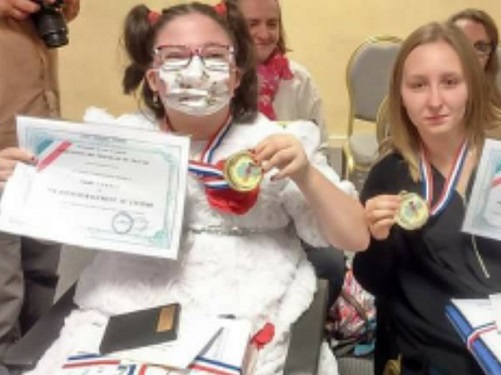



La Mere De Coralie Condamne A Petition Pour Que Sa Fille Atteinte Du Syndrome Di George Puisse Aller A L Ecole




Le Syndrome De Di Georges Au Travers Des Yeux De Jean




Syndrome De Di George La Medecine Est Un Mode De Vie Facebook




Bibliographie Cairn Info



Realites Pediatriques Com




Cl168 Full Issue Pdf Theatre Canada



Connect22 Ch
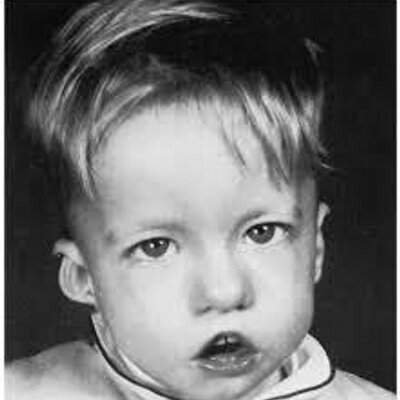



Di George Syndrome Digeorgesndrome Twitter




Di George Syndrome 22q11 2 Deletion Elena S Journey Home Facebook



Apelip Ma




Syndrome De Di George Pecaq




Pdf Dynamic Synchrony Reciprocity And Motherese In Interactions Of Infants Who Will Developp Autism Through Family Home Movies



Orpha Net




Neuroblastome Symptomes Et Definition De Cette Tumeur Chez L Enfant




Di George Syndrome 22q11 2 Deletion Michael S Story 帖子 Facebook




Quelle Est L Esperance De Vie Avec Le 22q11 Syndrome Digeorge Est Ce Que Vous Connaissez Les Derniers Progres Du 22q11 Syndrome Digeorge




Saint Georges Des Groseillers Syndrome De Di Georges Thomas A Besoin D Aide



Movietweetings Movies Dat At Master Sidooms Movietweetings Github




Atteinte Du Syndrome De Di George Coralie Recherche Des Professeurs De Musique Et De Dessin Ladepeche Fr




Maladie Et Diagnostique Home Facebook



Digeorge



Rm Coe Int




Syndrome De Di George Une Maladie Aux Multiples Facettes Allodocteurs




Comment Preparer La Chambre De Son Bebe Sevira Kids




Syndrome De Deletion Du Chromosome 22q11 Genetique




Le Syndrome De Franceschetti A La Loupe Magicmaman Com
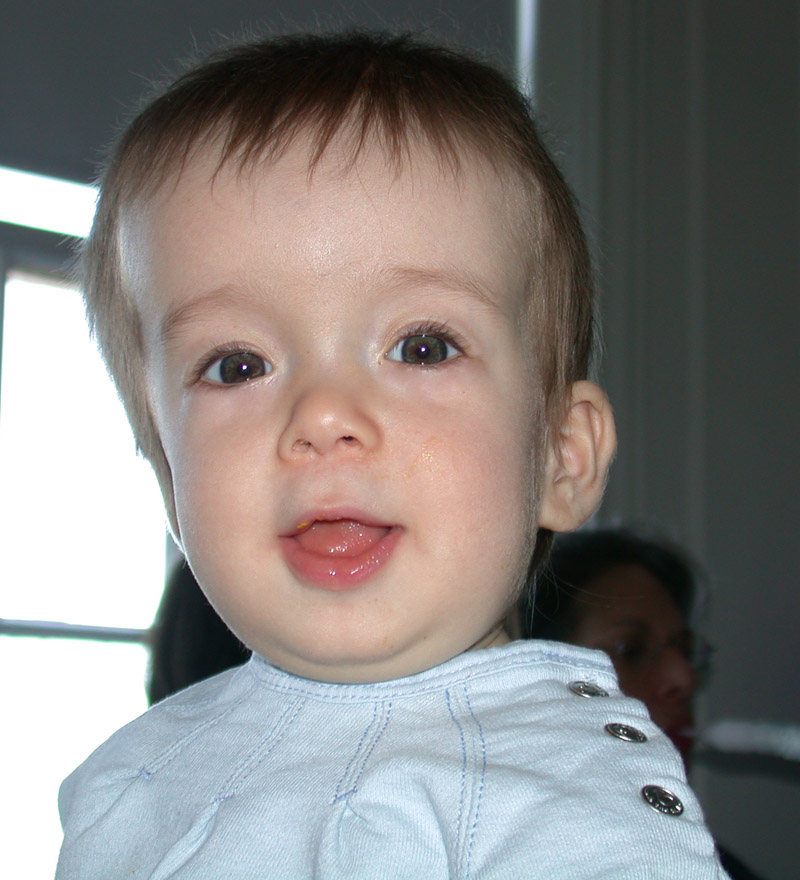



Craniosynostosis Wikipedia



Who World Health Organization



R4p Fr
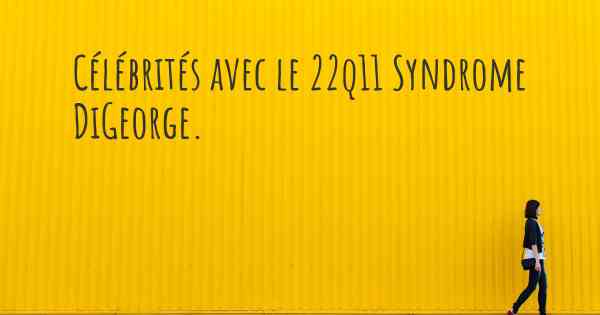



Celebrites Avec Le 22q11 Syndrome Digeorge Quelles Celebrites Ont Le 22q11 Syndrome Digeorge




Di George Syndrome 22q11 2 Deletion Michael S Story Photos Facebook
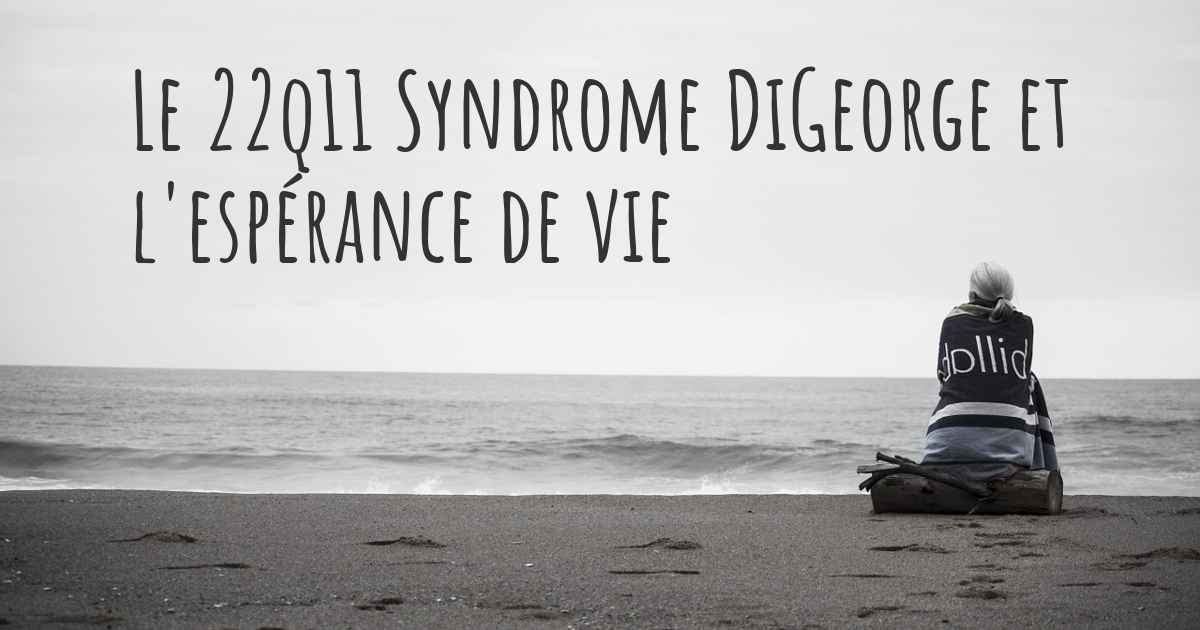



Quelle Est L Esperance De Vie Avec Le 22q11 Syndrome Digeorge Est Ce Que Vous Connaissez Les Derniers Progres Du 22q11 Syndrome Digeorge




Digeorge Syndrome Wikiwand




Digeorge Syndrome Ppt Download




Caroline Demily S Research Works French National Centre For Scientific Research Paris Cnrs And Other Places




Presentation Syndrome De Di George




Syndrome De Deletion Du Chromosome 22q11 Genetique




Caroline Demily S Research Works French National Centre For Scientific Research Paris Cnrs And Other Places




A Saint Georges Des Groseillers Un Apres Midi Caritatif Pour Soutenir Thomas L Orne Combattante




Bibliographie Cairn Info



Le Diagnostic Generation 22




O 0o0 O Amanda O 0o0 O Syndrome De Di Georges




I Di George Syndrome 22q11 2 Deletion Michael S Story Facebook



Apelip Ma




Le Syndrome De Di Georges Au Travers Des Yeux De Jean




Qui Connait Le Syndrome




Autism As A Disorder Of Biological And Behavioral Rhythms Toward New Therapeutic Perspectives Topic Of Research Paper In Psychology Download Scholarly Article Pdf And Read For Free On Cyberleninka Open Science




Switched On Pop Podcast Addict




Syndrome De Di George Une Maladie Aux Multiples Facettes Allodocteurs



Dontshake Org




Atteinte Du Syndrome De Di Georges Abhie Le Bebe Courage 5 Plus Dimanche




Qu Est Ce Que Le Syndrome De Di George Ou De Deletion 22q11 Magicmaman Com



Aucun commentaire:
Publier un commentaire